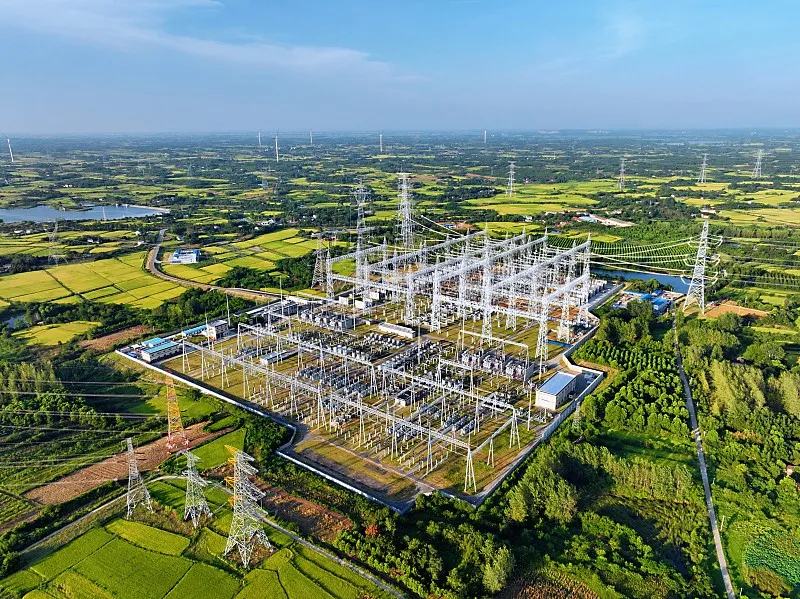Luxury Outdoor Kitchens: Elevating Backyard Dining
Essential Elements of Luxury Outdoor Kitchen Design
Space Optimization Strategies for Outdoor Cooking Zones
Optimizing space in outdoor kitchens ensures functionality and efficiency. The key to maximizing available space is to use modular kitchen units, offering flexibility for entertaining or cooking. These units can be rearranged to fit various occasions, proving beneficial for dynamic outdoor gatherings. Incorporating built-in storage solutions like cabinets and drawers helps maintain organization and keeps the kitchen clutter-free. Furthermore, utilizing vertical space for shelves and hanging tools frees up countertop areas, enhancing workflow and ease during preparation and serving. These strategies ensure that your outdoor cooking zones remain efficient without sacrificing aesthetics.
Premium Material Selection: Stainless Steel to Natural Stone
Choosing premium materials is crucial for durability and aesthetics in luxury outdoor kitchens. Stainless steel is a preferred choice for appliances due to its robust nature and resistance to corrosion, an ideal match for outdoor environmental conditions. Natural stone elements, like granite or quartzite, add aesthetic appeal and resilience, particularly under varying weather conditions. Additionally, eco-friendly materials such as recycled composites offer sustainability while maintaining luxury and style, showcasing a commitment to environmentally conscious living without compromising on design.
Integrated High-End Appliances for Gourmet Functionality
Incorporating high-end appliances can transform outdoor kitchens into gourmet spaces. Installing luxury items such as built-in gas grills, outdoor refrigerators, and wine coolers enhances both cooking and dining experiences. Modern appliances featuring smart technology enable remote management and energy efficiency, catering to contemporary culinary needs. Specialty items like pizza ovens or tandoor stations offer diverse cooking options, elevating outdoor dining and providing varied culinary experiences. These appliances integrate seamlessly, combining functionality with sophistication in a luxury outdoor kitchen setting.## Climate-Adaptive Features for Year-Round Enjoyment
Incorporating Propane Heaters for Cooler Evenings
Propane heaters are a versatile addition to any outdoor kitchen, providing warmth and comfort for cooler nights. These heaters allow homeowners to extend the use of their outdoor spaces into the colder months while maintaining a cozy and inviting atmosphere. Portable models offer flexibility, enabling easy repositioning to suit different entertaining areas, whereas built-in options deliver a seamless integration with the outdoor kitchen's aesthetics. Placement is key in ensuring optimal heat distribution; strategic positioning can warm both dining and cooking areas evenly, creating a comfortable zone for guests.
Weatherproofing Strategies for Coastal and Variable Climates
In regions affected by coastal weather or varying climatic conditions, weatherproofing the outdoor kitchen becomes crucial to its longevity and functionality. Selecting materials and coatings that can endure harsh elements will ensure that appliances and surfaces remain intact despite exposure to wind, rain, or salt air. Further protection can be achieved through structural elements like overhangs or awnings, which shield the kitchen from rain while permitting natural light. Lastly, implementing effective drainage systems prevents water pooling, safeguarding the kitchen infrastructure from potential water damage.
Dual-Purpose Structures: Pergolas with Heating Integration
Pergolas equipped with integrated heating solutions offer both aesthetic allure and functional benefits, making them ideal for outdoor kitchens. These structures can transform into cozy retreats by incorporating built-in heaters, enhancing the overall ambiance during cooler weather. Features like retractable panels allow for an adaptable design that can be enjoyed open-air or with protection from the elements, providing flexibility according to the season. Selecting materials that resonate with the overall design while ensuring durability against weather exposure is vital to maintaining the pergola's structural integrity and complementing outdoor aesthetics.## Signature Styles for Elevated Outdoor Culinary Spaces
Modern Minimalist Designs with Smart Technology Integration
Modern minimalist design paired with smart technology is a hallmark of sophisticated outdoor kitchens. By adopting sleek, clean lines and open spaces, you create an environment that eliminates clutter and promotes relaxation. Integrating app-controlled lighting and temperature settings ensures that your kitchen is not only aesthetically pleasing but also highly functional. With neutral color palettes accented by subtle pops of color, this style seamlessly combines elegance with simplicity.
Rustic Charm: Stone Accents and Wood-Fired Cooking Stations
Incorporating rustic charm into your outdoor kitchen can evoke warmth and welcome, transcending mere functionality to create an inviting atmosphere. Stone countertops and wooden cabinets enrich the space with natural textures, establishing a cozy and harmonious vibe. At the heart of rustic design are wood-fired ovens or grilling stations, which serve as both functional assets and charming focal points. Blending these elements encourages a connection with the landscape, making your culinary space truly one with nature.
Mediterranean-Inspired Layouts with Terra Cotta and Tilework
The vibrant colors and textures of Mediterranean-inspired designs offer a refreshing aesthetic for outdoor kitchens. Terra cotta flooring paired with vibrant tiled backsplashes reflect the lively spirit of this design approach. These layouts are strategically crafted for leisurely cooking and dining, integrating ample seating and spacious preparation areas. Architectural elements like arches and soft curves deliver a welcoming and open atmosphere, inviting guests to savor both the food and environment.
---In these designs, each style offers a unique touch to elevate your culinary space, transforming it into an outdoor haven that resonates with personal taste and lifestyle preferences.## Creating Flow Between Indoor and Outdoor Entertainment Areas
Strategic Lighting for Ambiance and Practicality
To create a harmonious flow between your indoor and outdoor entertainment spaces, lighting plays a crucial role. Implementing a layered lighting approach can significantly enhance the ambiance and functionality of the area. Here are key strategies to consider:
1. Layered Lighting: Utilize ambient, task, and accent lighting to cater to different needs. Ambient lighting sets the overall mood, task lighting is essential for cooking and grilling, and accent lighting highlights specific outdoor features.
2. Energy-Efficient Options: Incorporate solar or LED lights to reduce energy consumption and extend outdoor activities into the evening hours seamlessly.
3. Safety and Highlighting: Position lighting strategically to illuminate pathways and focal points. This not only enhances safety but also adds to the overall aesthetic of your outdoor space.
Strategic lighting solutions enrich your outdoor experience, ensuring both practicality and aesthetic appeal align.
Harmonizing Landscaping with Functional Kitchen Spaces
When designing an outdoor kitchen, it's essential to integrate landscape features that enhance the kitchen's functionality and aesthetic appeal. The goal is to create a cohesive look and feel across your outdoor space. Here are elements to consider:
1. Functional Landscaping: Design integrated herb gardens, allowing easy access to fresh ingredients.
2. Utilization of Native Plants: Native plants reduce maintenance while enhancing the beauty of the environment, ensuring the space isn't overwhelmed.
3. Creating Seamless Transitions: Use similar materials and color schemes between the kitchen and surrounding garden areas, blending indoor and outdoor settings.
By focusing on these aspects, you can enjoy an outdoor kitchen space that is both practical and visually pleasing.
Multi-Level Seating Arrangements for Social Gatherings
Designing multi-level seating arrangements in your outdoor space can elevate social engagements, offering both comfort and dynamic interaction zones. Here’s how to effectively structure your seating:
1. Dynamic Seating Levels: Mix low lounge areas with higher dining zones to stimulate engagement and the flow of interaction among guests.
2. Flexible Seating Options: Incorporate built-in benches and movable seating, allowing adaptability based on the occasion or the size of gatherings.
3. Comfort Enhancements: Consider adding fire pits or outdoor heaters like small gas heaters or indoor propane heaters to extend comfort and warmth during cooler evenings.
These thoughtful seating arrangements encourage a vibrant social atmosphere while ensuring comfort for your guests.







